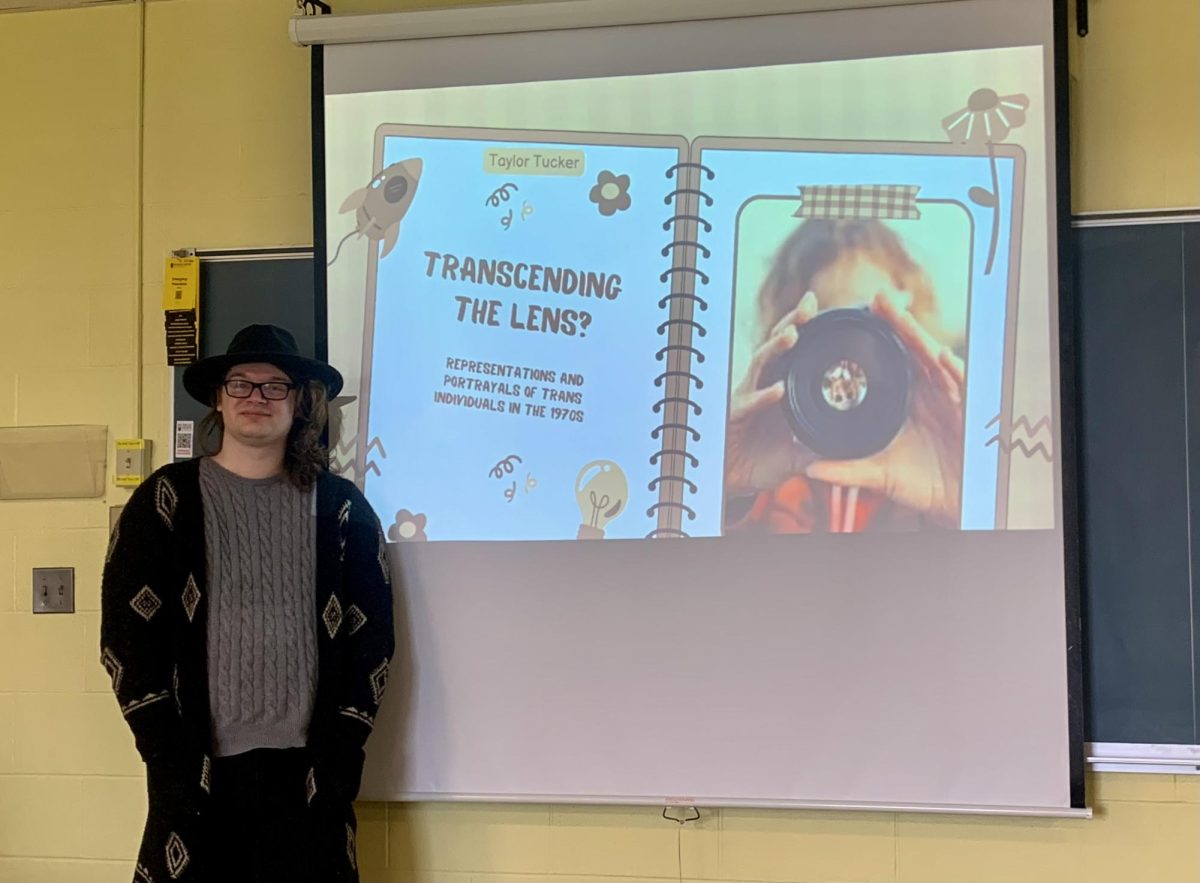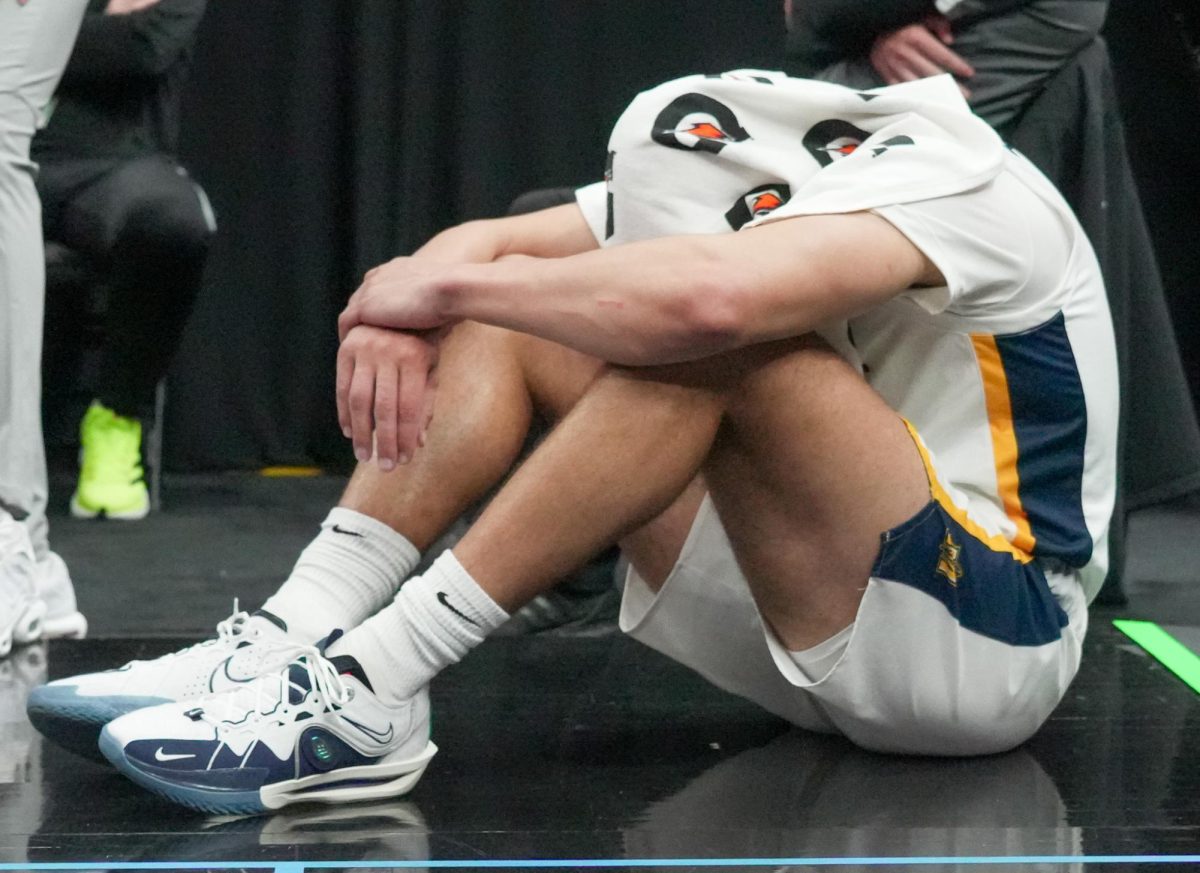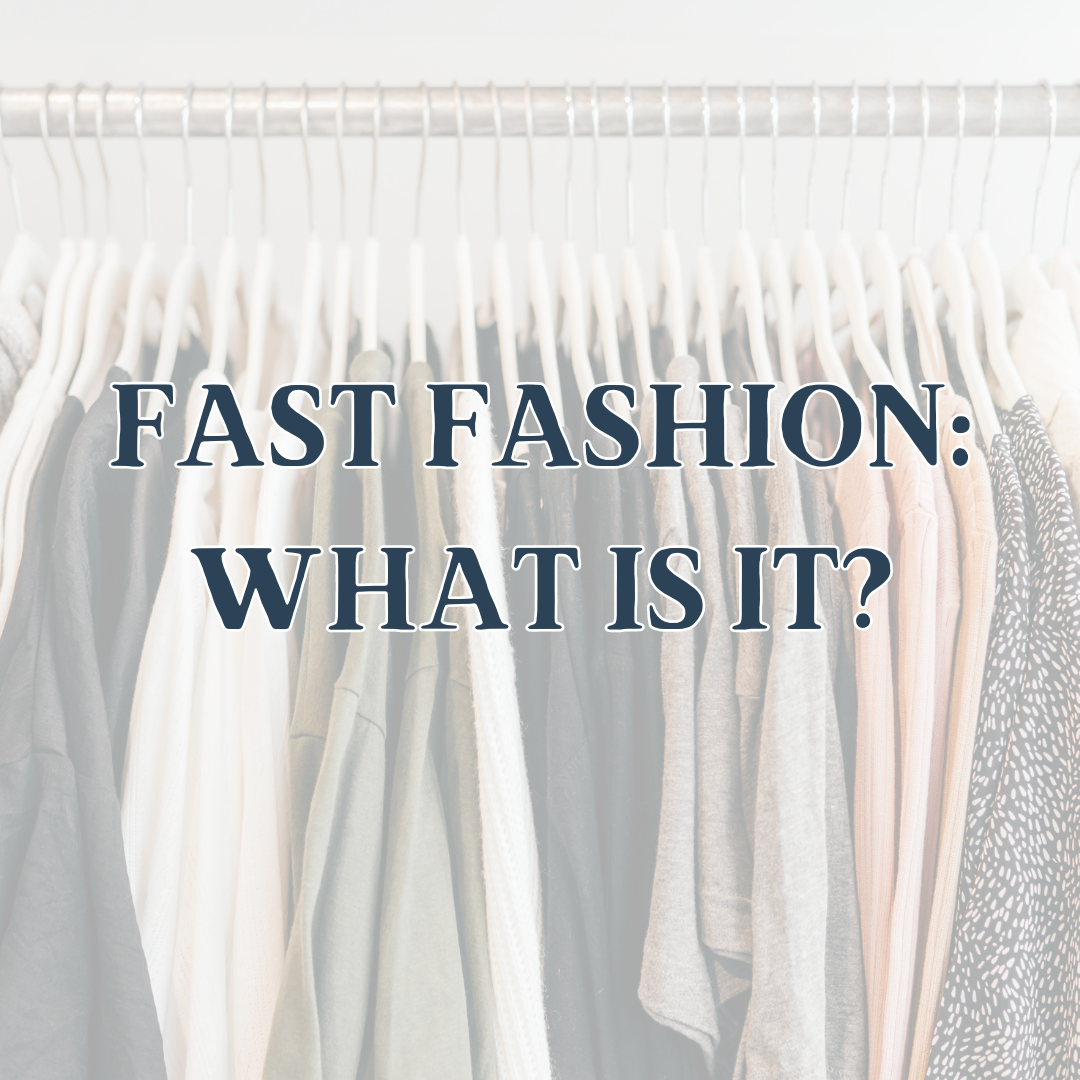Clothing retailers like Boohoo, Shein and H&M make low-cost and fashionable clothing to satisfy the needs of young consumers. However, fast fashion has a significant environmental impact.
The UN Environment Programme (UNEP) found that the fast fashion industry is the second-biggest consumer of water and is responsible for an estimated 10% of global carbon emissions—more than all international flights and maritime shipping combined. However, consumers often overlook fast fashion’s problems.
What Is Fast Fashion?
The term ‘fast fashion’ has become prominent in conversations surrounding fashion, sustainability and environmental consciousness. The fast fashion model gets its name because it involves the rapid design, production, distribution and marketing of clothing. This allows retailers to offer various products and allows consumers to experience more fashion and product differentiation at a lower price.
For individual consumers, it is easier and more economic to snatch up cheap clothing with short lifespans than to splurge on high-quality, long-lasting items.
The problem? The fast fashion model drives consumers to continuously purchase cheap clothing and discard them quickly due to its poor quality. This cycle of buying and discarding creates a huge environmental problem, with the world accumulating mountains of textile and clothing waste every day, most of which are not biodegradable.
Kaitlyn Dukes, a Murray State alumna, said she shopped at Shein often because of the trendy styles and low prices but has since stopped buying from the company.
“I learned to appreciate the quality clothing that I can wear for a long time, rather than a lesser quality I would only wear for a few times,” Dukes said. “Also, learning about the working conditions in the countries where these clothes are made. I want to start shopping more sustainably.”
Quinn Brewer, a sophomore vet-tech major, shops with Shein to buy her summer swimsuits.
“I wanted a very specific style of bikini and I searched it on there and they had thousands of them like what I was looking for,” Brewer said. “Price is the main thing. My bikini haul for this summer was five swimsuits and a coverup and I think it was like $35.”
Environmental Impact
Globally, an estimated 92 million tons of textile waste is produced annually, which is expected to rise to 134 million tons annually by 2030. According to an analysis by Business Insider, fashion production comprises 10% of total global carbon emissions. It dries up water sources and pollutes rivers and streams, while 85% of all textiles go to dumps yearly. Even washing clothes releases 500,000 tons of microfibers into the ocean yearly, the equivalent of 50 billion plastic bottles.

Global consumption of clothing has exponentially increased. Since 2000, clothing sales have doubled annually from 100 to 200 billion units. At the same time, the average number of times a clothing item was worn decreased by 36% overall.
The time it takes for a product to go through the supply chain, from design to purchase, is called a ‘lead time.’ In 2012, Zara could design, produce and deliver a new garment in two weeks; Forever 21 in six weeks and H&M in eight weeks. This results in the fashion industry producing substantial amounts of waste.
The Solution
Slow fashion is the widespread response to fast fashion and its environmental impact. It advocates for manufacturing that respects people, the environment and animals by hitting the brakes on excessive production, overcomplicated supply chains and mindless consumption.
The UN has launched the Alliance for Sustainable Fashion to address the damages caused by fast fashion. It seeks to ‘halt the environmentally and socially destructive practices of fashion.’
What you can do
One way shoppers are reducing their consumption of fast fashion is by buying from secondhand sellers like ThredUp Inc. and Poshmark, where shoppers send their unwanted clothes to these websites and buy them at a discounted price. Bombas also offers shoppers the ‘Take Back Bag.’ The bag, shipped to your home, allows individuals to ship up to eight pounds of unwanted clothes to their facility. They then donate all the clothing to those facing homelessness. Individuals wanting to make a change can do the following: buy consciously and look for ethical brands, buy second-hand or repair what you already have and buy less clothing.





































































































